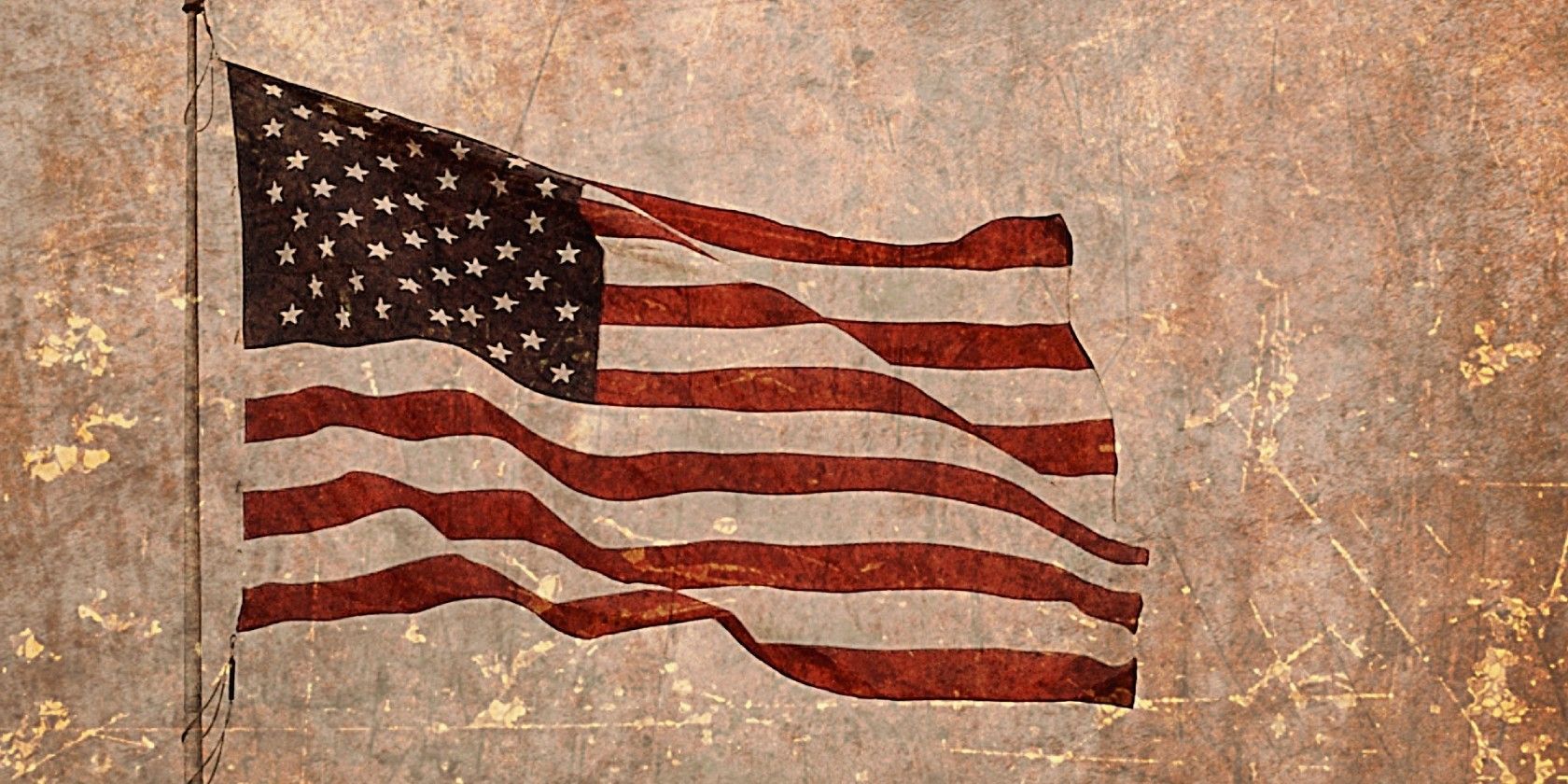Time in History
Time in history is a kind of relationship. We can look at several events
that all happened at the same time and that together tell a story about a
particular part of the past. Or we can look at the development of an idea
over time and learn how and why it changed. We can consider the
relationship between the past and the present, or the future and the past
(which is today!). The present is the result of choices that people made
and the beliefs they held in the past.
As they prepare to study history, children first need basic knowledge
about time and its relationship to change. They need to learn the
measures of time, such as year, decade, generation and century. And they
need to learn and think about sequences of events as they occurred in
time. They need to be able to ask, “About when did that happen?” and to
know how to find the answer.
The main focus of history is the relationship between continuity and
change. It’s important, therefore, that our children understand the
difference between them. For example, the population of the United
States has changed greatly over time with each wave of immigration. As
new groups of immigrants entered American society, they brought along
ideas, beliefs and traditions from their native lands. These new cultures
and traditions were woven into existing American culture, contributing to
its pattern of diversity and making our democratic system of government
even stronger. That system continues to evolve to better realize its original
purpose of safeguarding our basic human rights of freedom and equal
opportunity.
A New Look atthe Study of History
Studying history is more than memorizing names
and dates. Although it’s important for citizens to
know about great people and events, the
enjoyment of history is often found in a “story
well told.” Here are some suggestions to make the
study of history more enjoyable:
Original sources make history come alive.
Reading the actual words that changed the course
of history and stories that focus on the details of time and place helps
children know that history is about real people in real places who made
real choices that had some real consequences, and that these people could
have made different choices.
Less can mean more. An old proverb tells us that, “A well-formed mind
is better than a well-stuffed mind.
” Trying to learn the entire history of
the world is not only impossible, it discourages children and reduces their
enthusiasm for history. In-depth study of a few important events gives
them a chance to understand the many sides of a story. They can always
add new facts.
History is hands-on work. Learning history is best done in the same
way that we learn to use a new language, or to play basketball: we do it as
well as read about it.
“Doing history” means asking questions about events, people and places;
searching our towns for signs of its history; talking with others about
current events and issues; and writing our own stories about the past.






0 Comments